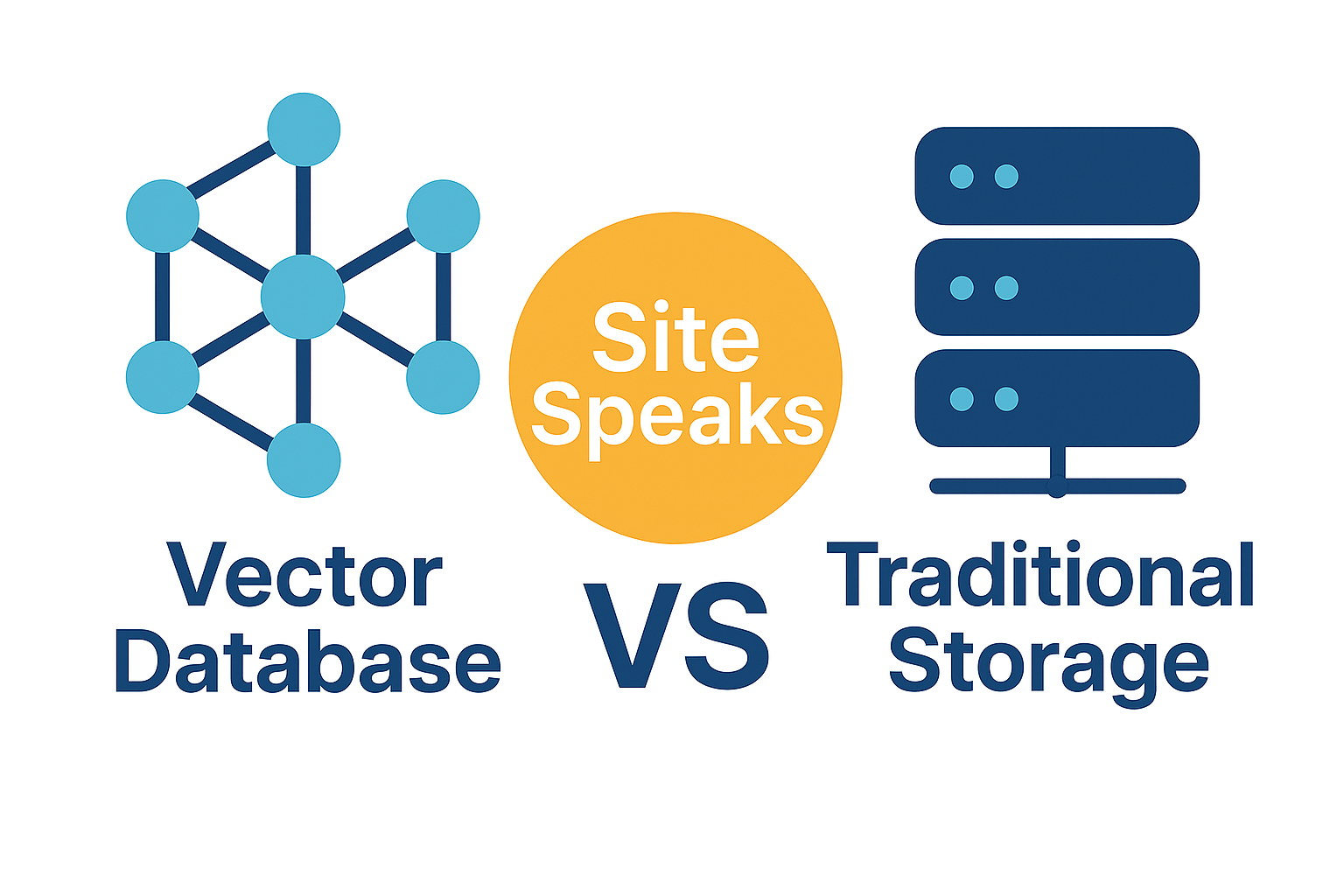What is an RSS Feed?
RSS (Really Simple Syndication) is a web feed format that allows users and applications to access updates to websites in a standardized, computer-readable format. Think of it as a way to "subscribe" to a website's content, similar to how you might subscribe to a magazine or newsletter.
When a website publishes new content, the RSS feed automatically updates with the new information, allowing RSS readers and aggregators to fetch and display the latest content without requiring users to manually visit each website.
Why Use RSS Feeds?
- Content Distribution: Automatically share your latest articles, blog posts, or updates
- User Engagement: Keep your audience informed about new content
- SEO Benefits: RSS feeds can help with search engine optimization
- Cross-Platform Sharing: Content can be consumed on various devices and applications
- Automation: Reduce manual work in content distribution
Basic RSS Feed Structure
An RSS feed is an XML file that follows a specific structure. Here's what a basic RSS feed looks like:
<?xml version="1.0" encoding="UTF-8"?>
<rss version="2.0">
<channel>
<title>Your Website Name</title>
<link>https://yourwebsite.com</link>
<description>Description of your website or blog</description>
<language>en-us</language>
<lastBuildDate>Mon, 15 Jan 2024 10:00:00 GMT</lastBuildDate>
<item>
<title>Your Article Title</title>
<link>https://yourwebsite.com/article-url</link>
<description>Brief description or excerpt of your article</description>
<pubDate>Mon, 15 Jan 2024 10:00:00 GMT</pubDate>
<guid>https://yourwebsite.com/article-url</guid>
</item>
<item>
<title>Another Article Title</title>
<link>https://yourwebsite.com/another-article</link>
<description>Description of another article</description>
<pubDate>Sun, 14 Jan 2024 15:30:00 GMT</pubDate>
<guid>https://yourwebsite.com/another-article</guid>
</item>
</channel>
</rss>Step-by-Step Guide to Creating an RSS Feed
Step 1: Choose Your Method
There are several ways to create an RSS feed:
- Manual Creation: Write the XML file by hand (good for learning, not practical for regular updates)
- CMS Integration: Use built-in RSS features in content management systems
- RSS Generators: Use online tools or software to generate feeds
- Custom Scripts: Write code to automatically generate RSS from your content
Step 2: For WordPress Users
If you're using WordPress, RSS feeds are automatically generated:
- Your main feed:
https://yourwebsite.com/feed/ - Category feeds:
https://yourwebsite.com/category/category-name/feed/ - Author feeds:
https://yourwebsite.com/author/author-name/feed/
You can customize your RSS feed by adding this to your theme's functions.php:
// Customize RSS feed content
function custom_rss_content($content) {
global $post;
if (is_feed()) {
$content = $post->post_excerpt;
if ($content == "") {
$content = wp_trim_words($post->post_content, 55, "...");
}
}
return $content;
}
add_filter("the_excerpt_rss", "custom_rss_content");
add_filter("the_content_feed", "custom_rss_content");Step 3: For Other Platforms
Blogger: Add /feeds/posts/default to your blog URL
Medium: Add /feed to your publication URL
Custom Websites: You'll need to create the RSS feed manually or use a generator
Step 4: Validate Your RSS Feed
Before publishing your RSS feed, validate it using these tools:
Sample RSS Feed Examples
News Website RSS Feed
<?xml version="1.0" encoding="UTF-8"?>
<rss version="2.0" xmlns:content="http://purl.org/rss/1.0/modules/content/">
<channel>
<title>Tech News Daily</title>
<link>https://technewsdaily.com</link>
<description>Latest technology news and updates</description>
<language>en-us</language>
<lastBuildDate>Mon, 15 Jan 2024 10:00:00 GMT</lastBuildDate>
<item>
<title>New AI Breakthrough in Machine Learning</title>
<link>https://technewsdaily.com/ai-breakthrough-2024</link>
<description>Researchers have discovered a new approach to machine learning that could revolutionize the field...</description>
<content:encoded><![CDATA[<p>Full article content here...</p>]]></content:encoded>
<pubDate>Mon, 15 Jan 2024 10:00:00 GMT</pubDate>
<guid>https://technewsdaily.com/ai-breakthrough-2024</guid>
</item>
</channel>
</rss>Blog RSS Feed
<?xml version="1.0" encoding="UTF-8"?>
<rss version="2.0">
<channel>
<title>My Travel Blog</title>
<link>https://mytravelblog.com</link>
<description>Adventures and travel tips from around the world</description>
<language>en-us</language>
<lastBuildDate>Mon, 15 Jan 2024 10:00:00 GMT</lastBuildDate>
<item>
<title>10 Must-Visit Places in Japan</title>
<link>https://mytravelblog.com/japan-travel-guide</link>
<description>Discover the most beautiful and interesting places to visit in Japan, from ancient temples to modern cities.</description>
<pubDate>Mon, 15 Jan 2024 10:00:00 GMT</pubDate>
<guid>https://mytravelblog.com/japan-travel-guide</guid>
</item>
</channel>
</rss>Best Practices for RSS Feeds
- Keep it Updated: Ensure your feed is updated whenever you publish new content
- Use Descriptive Titles: Make your item titles clear and informative
- Include Excerpts: Provide brief descriptions to help readers decide if they want to read more
- Use Proper Dates: Always include accurate publication dates
- Validate Regularly: Check your feed periodically to ensure it's working correctly
- Limit Items: Include only the most recent 10-20 items to keep the feed manageable
- Use Absolute URLs: Always use full URLs for links and images
Testing Your RSS Feed
Once you've created your RSS feed, test it using these methods:
- RSS Readers: Try subscribing to your feed in popular RSS readers like Feedly, Inoreader, or NewsBlur
- Browser Testing: Open your RSS feed URL in a web browser to see the raw XML
- Validation Tools: Use the validation tools mentioned earlier
- Mobile Apps: Test on mobile RSS reader apps
Promoting Your RSS Feed
Make it easy for users to find and subscribe to your RSS feed:
- Add an RSS icon to your website header or footer
- Include a "Subscribe via RSS" link
- Add your feed to RSS directories
- Mention your RSS feed in your email newsletter
- Include RSS subscription instructions in your "About" page
Common RSS Feed Issues and Solutions
Issue: Feed Not Updating
Solution: Check your lastBuildDate and ensure it's being updated when you publish new content.
Issue: Invalid XML
Solution: Use an XML validator to check for syntax errors, and ensure all special characters are properly escaped.
Issue: Missing Images
Solution: Use absolute URLs for all images and media files in your feed.
Issue: Feed Too Large
Solution: Limit the number of items in your feed and use excerpts instead of full content.
Conclusion
Creating an RSS feed is a great way to make your content more accessible and increase your website's reach. Whether you're using a CMS with built-in RSS support or creating a custom feed, following these guidelines will help you create a professional, reliable RSS feed that your audience will love.
Remember, the key to a successful RSS feed is consistency and quality. Keep your feed updated regularly, provide valuable content, and make it easy for users to subscribe. With these practices in place, your RSS feed can become a powerful tool for content distribution and audience engagement.
Ready to get started? Choose the method that works best for your platform and begin creating your RSS feed today!

